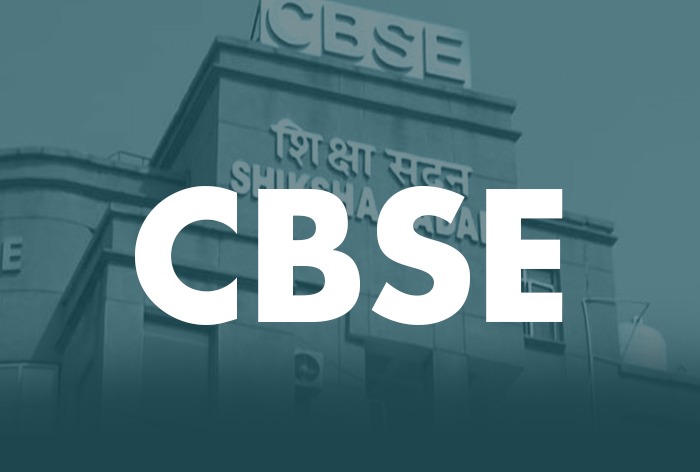Beginning in 2026, CBSE Class 10 students will have two opportunities to take their board exams each year. This change is designed to lower the “high-stakes” pressure and give students a chance to boost their scores without waiting a full year.
Under the new plan, all students must sit for the first exam in mid-February. Those who wish to improve their marks—or who score below passing in up to three subjects—can retake those papers during a second session in May.
This move aligns with the National Education Policy (NEP) 2020’s call for more flexible, student-centric assessments.
CBSE Class 10 Exams 2026: Key Highlights
• Board exams will be held twice a year, with Phase 1 in February (mandatory) and Phase 2 in May (optional).
• Phase 1 results will be announced in April; Phase 2 results will follow in June, allowing students to better their scores.
• Internal assessments will take place once per academic year and apply to both exam phases.
MORE CHANCES, LESS PRESSURE
In a press note dated June 25, 2025, CBSE outlined who may sit for each exam under the new two-session policy:
• First Exam (February): Open to fresh candidates, compartment cases (first/third chance), essential repeaters, and those seeking improvement.
• Second Exam (May): Available to improvement candidates, compartment cases, and students combining both compartment and improvement subjects.
Special provisions allow sportspersons (with event clashes), students from winter-bound schools, and CWSN candidates to treat the second exam as their main attempt if needed. Internal assessments will be held once before the first exam and carry over to the second session.
CBSE also signaled further reforms on the horizon—modular exams, dual-level papers, and mixed objective-descriptive formats may be introduced soon. According to the board, these changes aim to shift the focus from “high-stakes” testing to continuous learning, giving students more opportunities to recover or improve.
While the two-exam system is confirmed only for Class 10 in 2026, CBSE is considering a similar model for Class 12 in the future. For now, students can look forward to two chances in one year—and a better shot at success.



